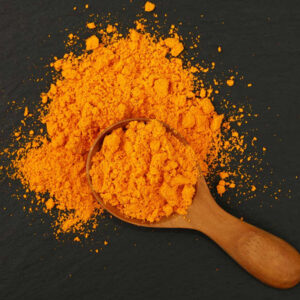Description
Patients and methods: Cases and case-study information were obtained from patients followed by the Pediatric Environmental Health Center (Children’s Hospital Boston). Imported spices (n = 86) and cultural powders (n = 71) were analyzed for lead by using x-ray fluorescence spectroscopy. The simple bioaccessibility extraction test was used to estimate oral bioavailability. The integrated exposure uptake biokinetic model for lead in children was used to predict population-wide geometric mean BLLs and the probability of elevated BLLs (>10 microg/dL).
Results: Four cases of pediatric lead poisoning from Indian spices or cultural powders are described. Twenty-two of 86 spices and foodstuff products contained >1 microg/g lead (for these 22 samples, mean: 2.6 microg/g [95% confidence interval: 1.9-3.3]; maximum: 7.6 microg/g). Forty-six of 71 cultural products contained >1 microg/g lead (for 43 of these samples, mean: 8.0 microg/g [95% confidence interval: 5.2-10.8]; maximum: 41.4 microg/g). Three sindoor products contained >47% lead. With a fixed ingestion of 5 microg/day and 50% bioavailability, predicted geometric mean BLLs for children aged 0 to 4 years increased from 3.2 to 4.1 microg/dL, and predicted prevalence of children with a BLL of >10 microg/dL increased more than threefold (0.8%-2.8%).
Conclusions: Chronic exposure to spices and cultural powders may cause elevated BLLs. A majority of cultural products contained >1 microg/g lead, and some sindoor contained extremely high bioaccessible lead levels. Clinicians should routinely screen for exposure to these products.



